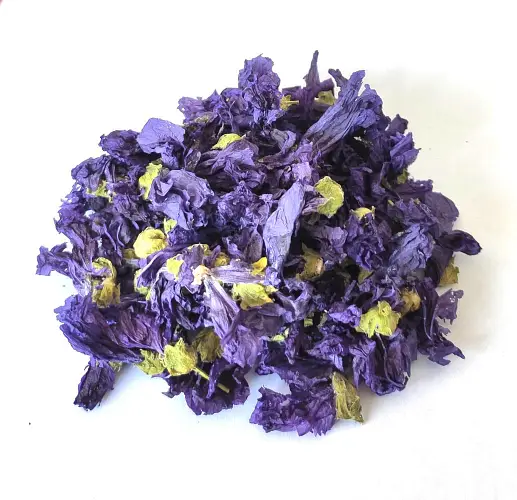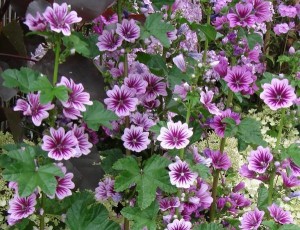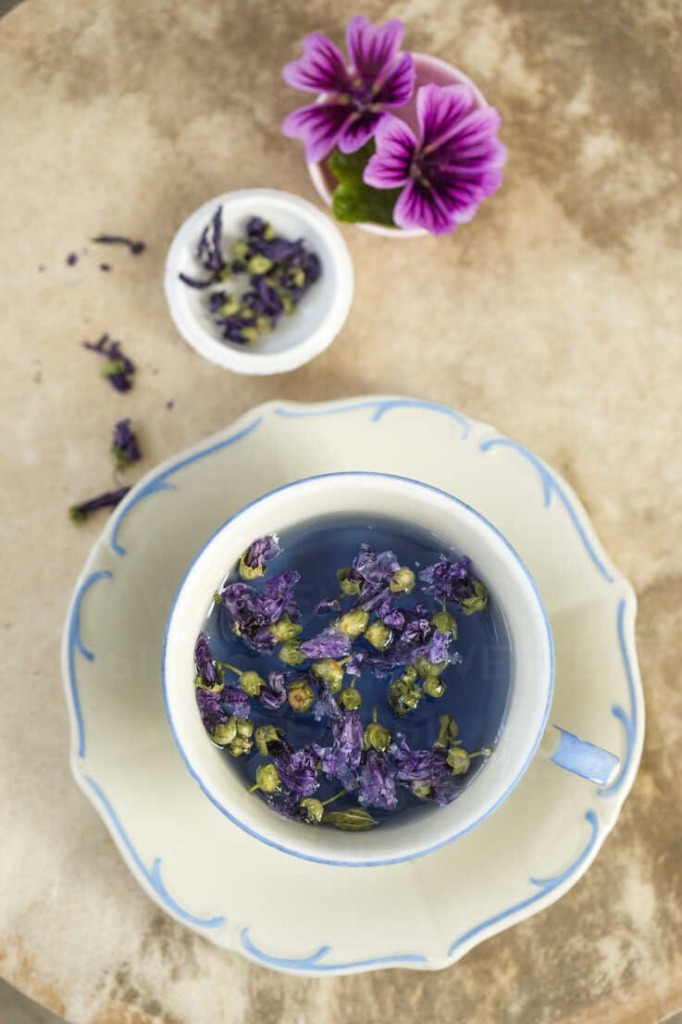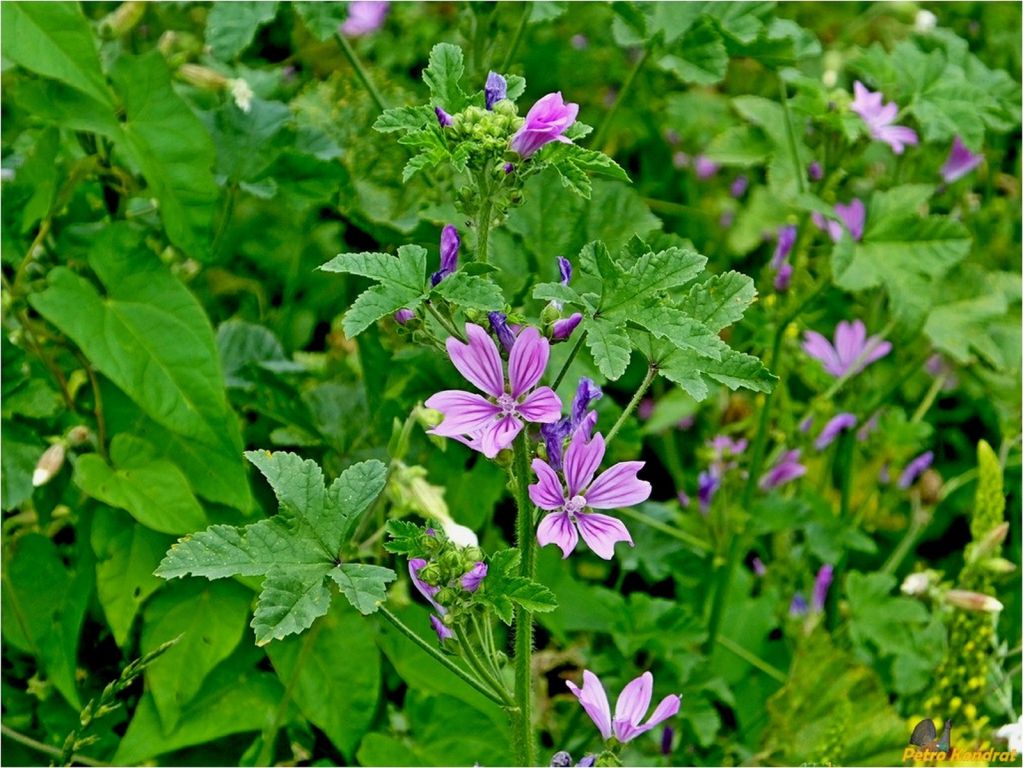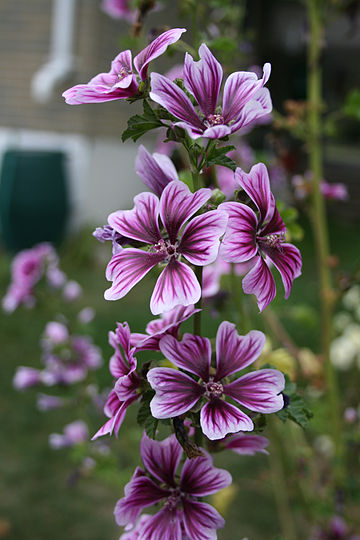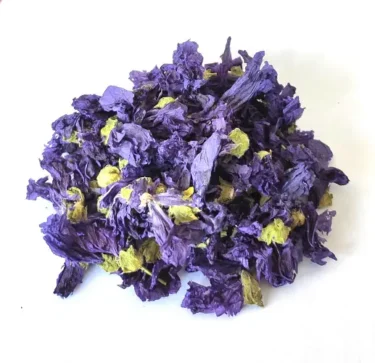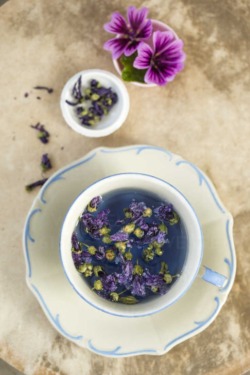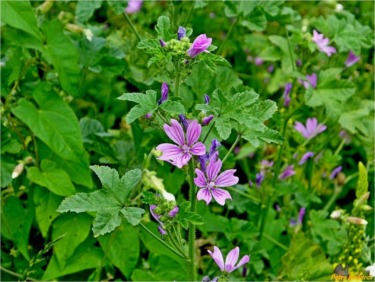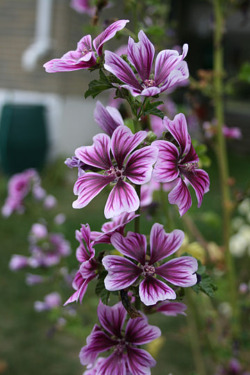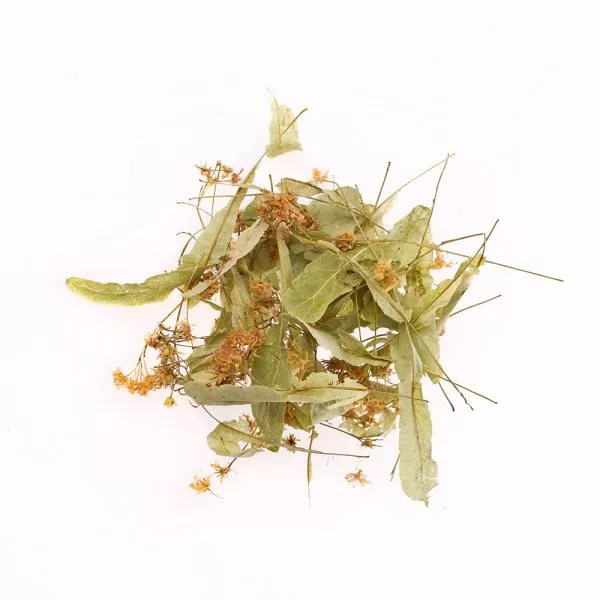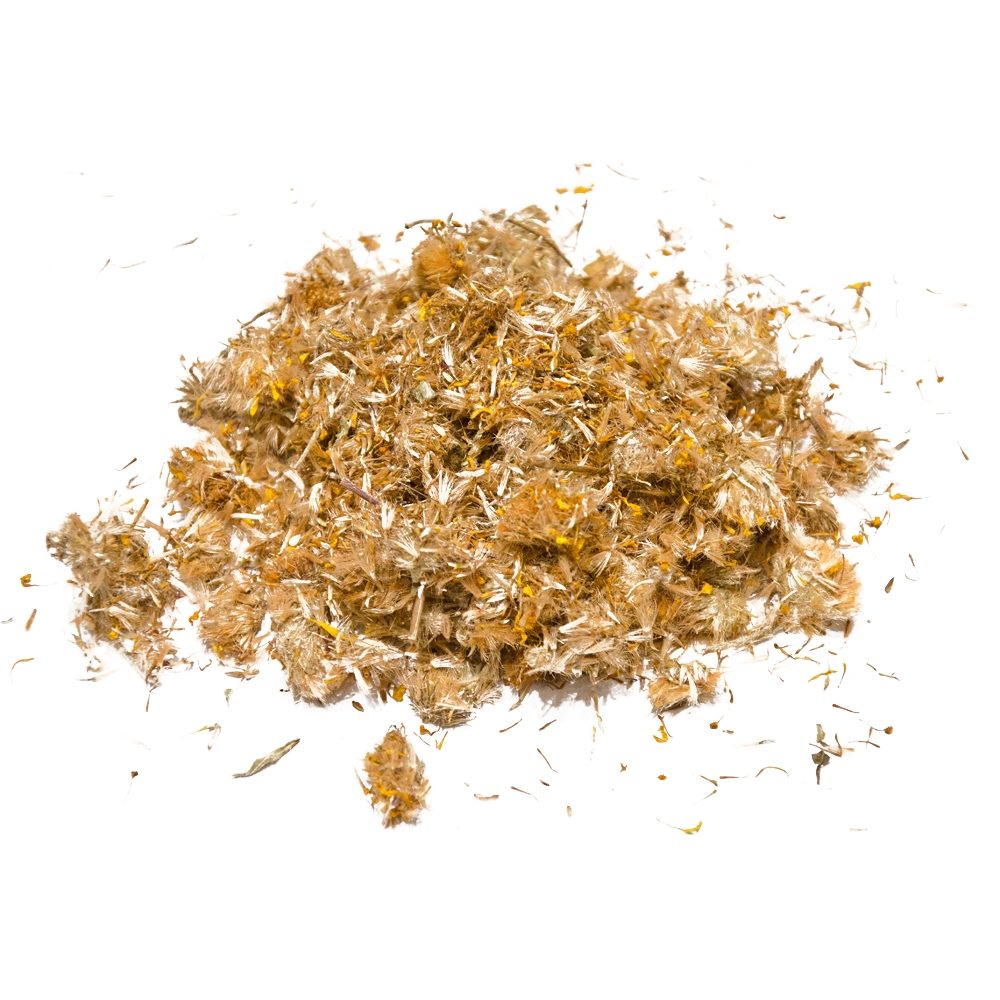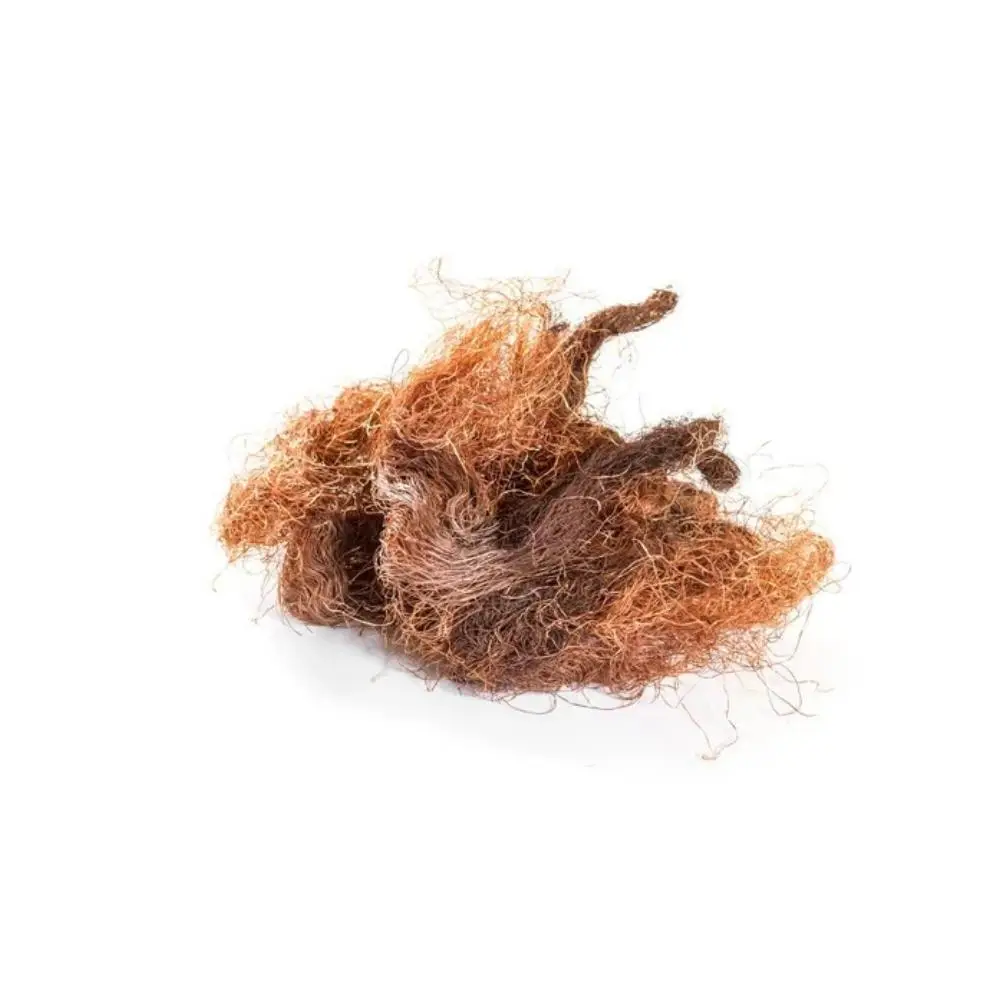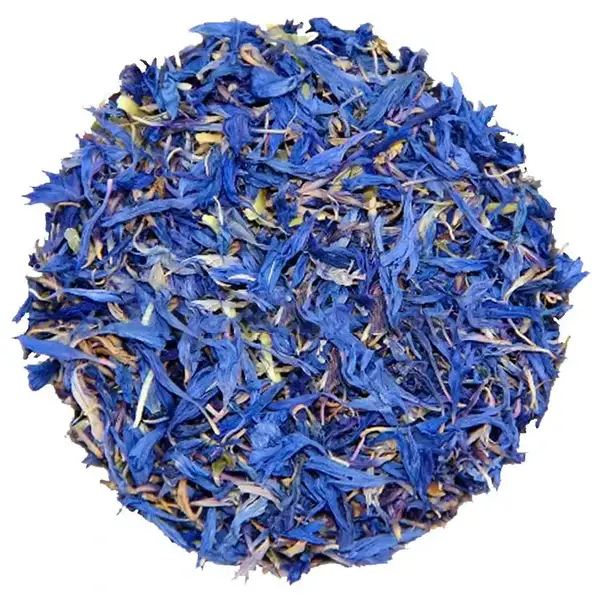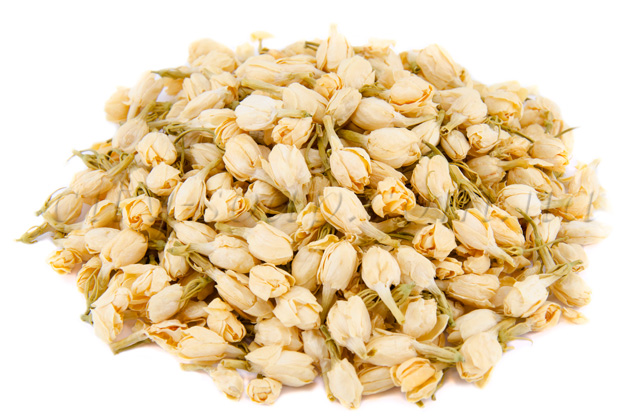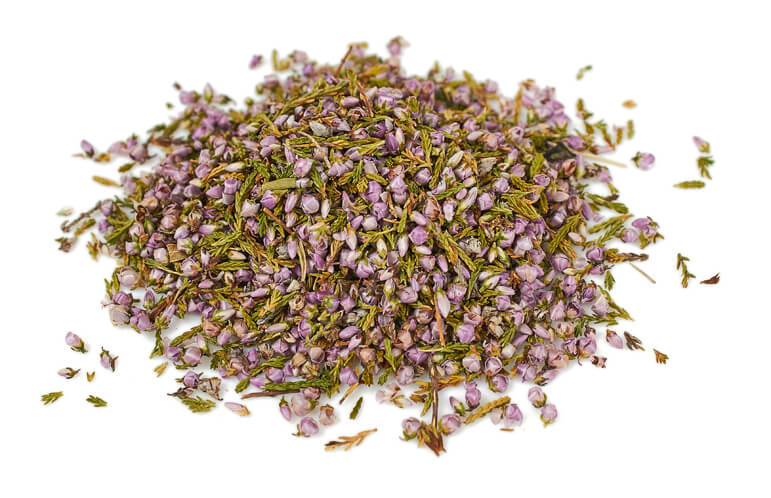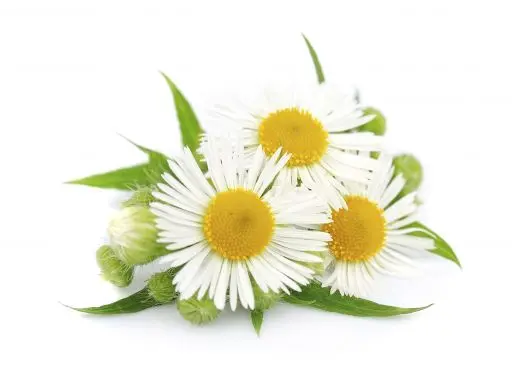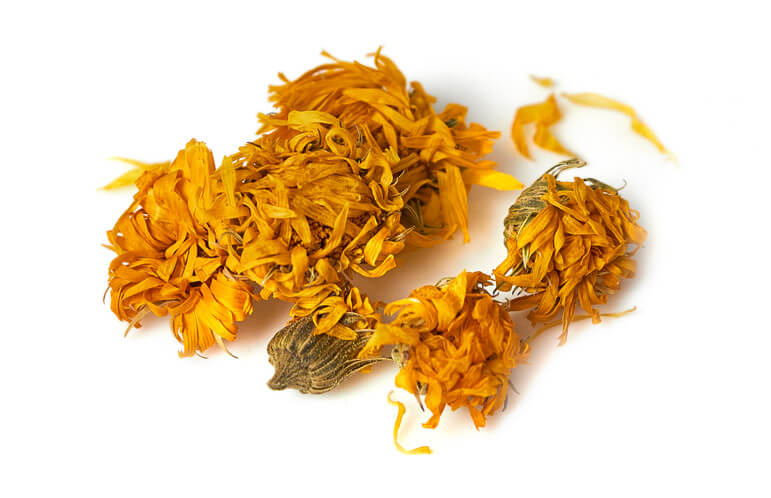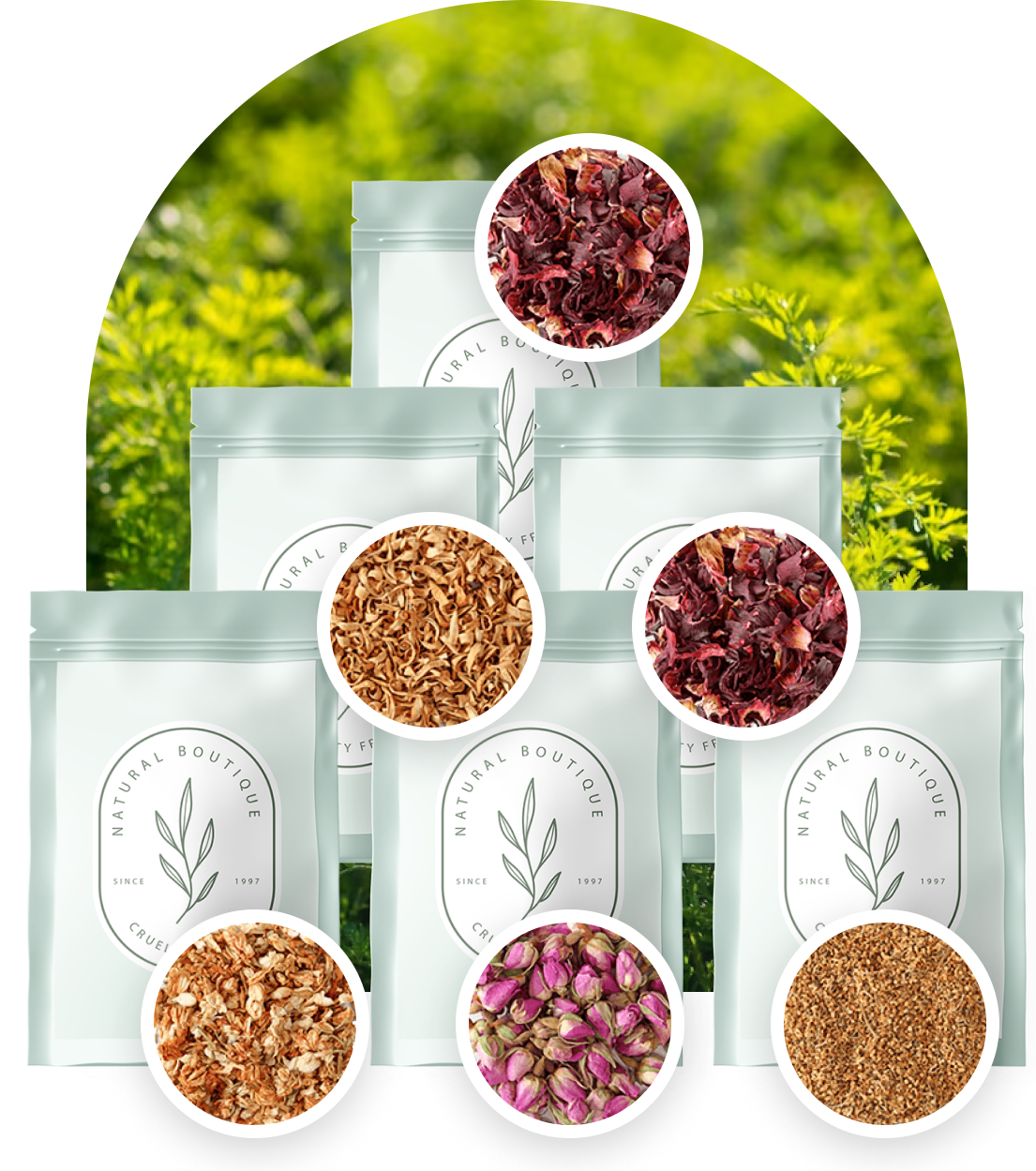Moorish mallow has valuable healing properties, and all parts of the plant are used for medicinal purposes. The chemical composition of the plant contains a large number of mucous and tannic compounds, vitamin C, carotene and sugar. Also, mallow flowers contain malvin and malvidin dyes.
Due to their effective expectorant and softening properties, moorish mallow is most often used in the treatment of diseases of the upper respiratory tract, as it reduces irritation, inflammatory reaction, and reflexively weakens the secretion of the bronchial glands. It is also used for various throat diseases.
Using medicines from this medicinal plant, you can successfully treat ulcers, burns, various forms of dyshidrosis and a number of dermatological diseases. Therefore, it is used in medical cosmetology to restore the epidermis and prevent pustular rashes. Mallow flowers are preferred because they contain more sugar, vitamin C, and carotene than leaves.
Mallow contains a valuable viscous substance that envelops all nerve endings, protects tissue fibers from irritants and relieves inflammation. Thanks to this, medicinal products from the moorish mallow are recommended for various inflammatory processes in the stomach and intestines. In addition, the mucus of the plant has significant adsorption properties that reduce intoxication.
The plant is often used in the form of compresses, lotions for washing and rinsing for skin diseases. Mallow medicine relieves itching, heals wounds, burns, and ulcers. Baths with steamed mallow leaves or flowers help even with an enlarged spleen.
